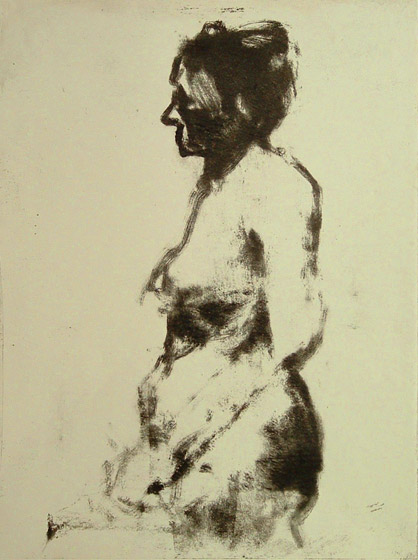"The sketch hunter moves through life as he finds it, not passing negligently the things he loves, but stopping to know them, and to note them down in the shorthand of his sketchbook." -Robert Henri
"I have learned that what I have not drawn, I have never really seen..." -Frederick Franck
"It is only by drawing often, drawing everything, drawing incessantly, that one fine day you discover to your surprise that you have rendered something in its true character." -Camille Pissarro
"Let whoever may have attained to so much as to have the power of drawing know that he holds a great treasure." -Michelangelo
The sketchbook is an important adjunct to drawing in the studio from the live model. Outside of the structured problems of a studio class, the informality and modest scale of the sketchbook allows you to follow your own fascinations in making images, to practice and absorb drawing concepts and techniques from class, and to redress any gaps that you perceive in your grasp of certain aspects of the figure. Are you missing something about the structure of the knee? You're in good company. Check out Van Gogh's studies of the knee in his sketchbook.
To attempt to draw living, moving figures from life is to enter a mindset that is all but lost in today's digitized visual culture, when most of us feel ourselves too pressed to take the time to do a drawing. To stop, and look, and draw, is the finest act of defiance! A saying that has been attributed to everyone from Degas to Leonardo da Vinci states that an artist should be able to draw a man falling from a three story building before he hits the ground! Think of that the next time you feel seduced by the notion that living figures move too quickly to draw them effectively without the aid of a camera, or the long pose of a model. Such is the basic nature of the sketch - an abbreviated moment, a modest little piece of life being lived, saved from oblivion by the motion of the pencil or the brush on paper. And the sketchbook is its repository.
















